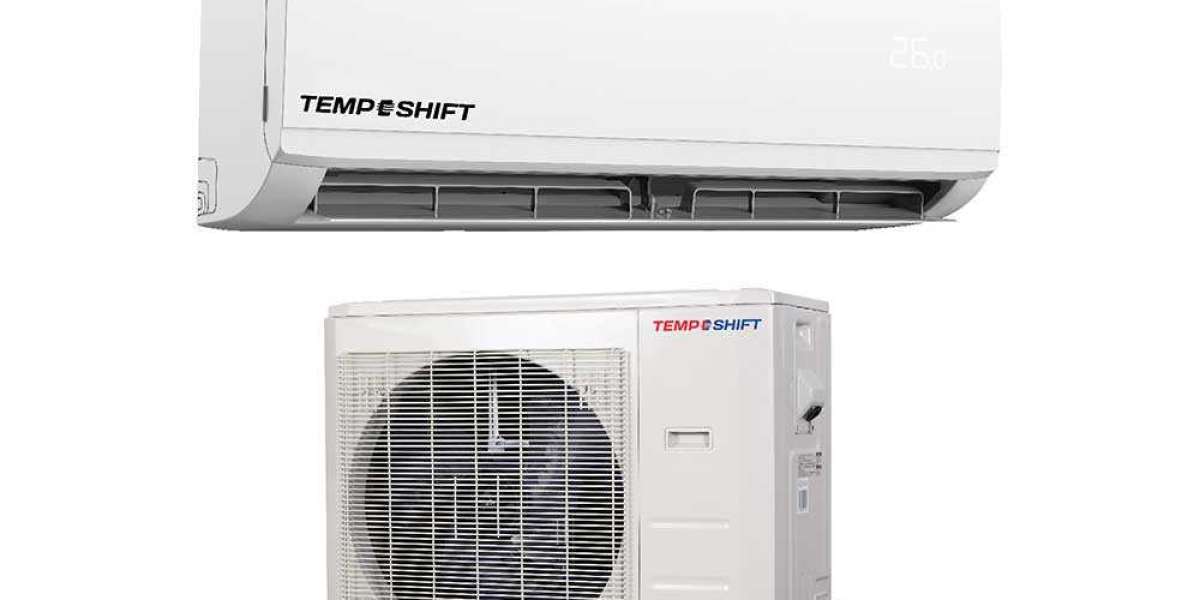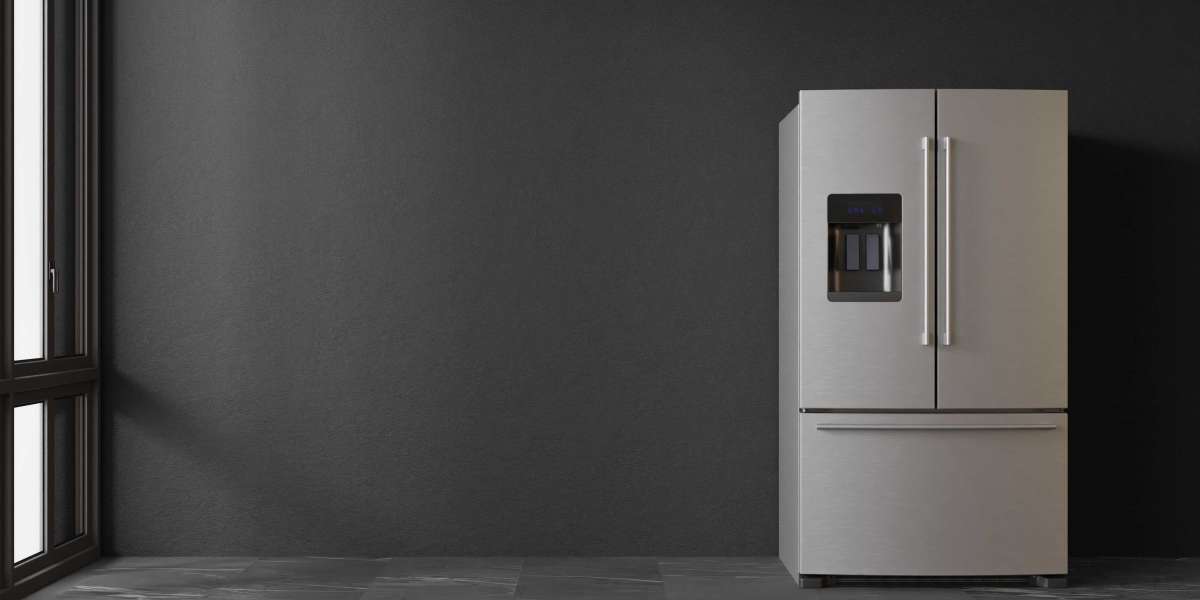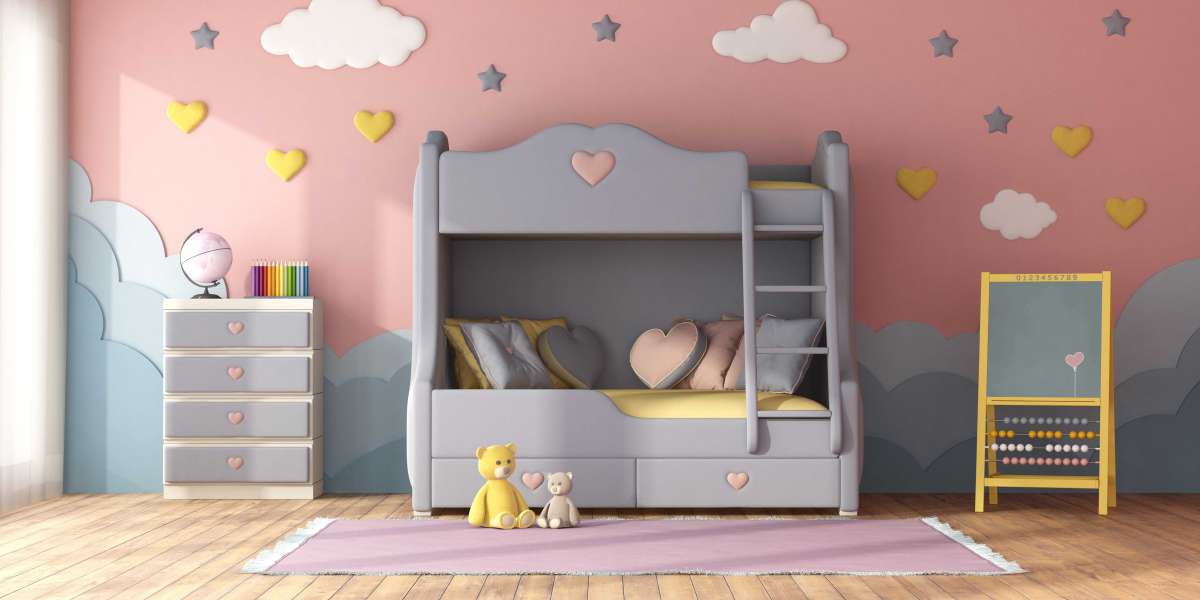People still have various misconceptions about central electric heat pumps, in spite of all the infomercials and advertisements present. It is actually very helpful for home heating and cooling, despite the confusion that persists. While some people think they only work in very warm places, others think they are not reliable in winters. But the truth is far from what people think.
- Suitable for Hot Places Only
One of the biggest myths is that central electric heat pumps only work in places with hot weather. But the truth is, newer models are designed to work even when the temperature is very low. Many houses in colder regions are using it now, without problems. Of course, older models may struggle when temperatures go super cold, but now the technology has improved. People who install it properly with good insulation find it very efficient.
- It Costs Too Much to Run
Another wrong idea is that central electric heat pumps consume a lot of electricity. But when compared to older heating systems like electric resistance heaters or oil furnaces, it actually uses much less power. It moves heat from outside to inside, so it is not burning fuel all the time. Some consumers have even reported saving up to 30% to 50% on heating costs, depending on the size of the house and how well sealed it is.
- It is Not Reliable in Winter
Some fear it stops working in winter. This one is especially true for people living where snow is common. But many heat pumps come with backup heating elements that turn on only when extreme cold occurs. Also, proper maintenance, like checking filters and clearing snow from the outdoor unit, makes sure it is running smoothly.
- It Needs Too Much Space
Contrary to popular belief, central electric heat pumps do not need big spaces or have complex installation methods. Modern systems are more compact and easy to fit in basements, attics, or outside yards compared to older models. Professional installers can set it up with minimal disturbance. The system also works quietly, not creating big noise like old systems.
- It’s Bad for the Environment
Individuals who think it’s bad for the environment do so because of its consumption of electricity. But depending on how electricity is made in the area, it is actually much cleaner than burning oil or gas. Many people switch to it because it reduces carbon footprint. Pairing it with solar panels or renewable energy makes it even better for the environment and saves money too.
- It is Difficult to Maintain
Some people think central heat pumps require a lot of maintenance. But in actuality, the maintenance is simple. Regularly changing filters, cleaning the outdoor unit, and checking refrigerant levels is enough. Most homeowners can do basic checks themselves, or hire the professionals once a year.
● It Doesn’t Provide Enough Heat
Another belief is that heat pumps do not give enough warmth when outside temperatures drop. But with proper sizing and a backup heat option, it keeps the indoor temperature comfortable. Also, modern systems adjust automatically, giving more heat when needed and saving energy when not required. So it provides reliable warmth all season.
Conclusion
A central electric heat pump is not perfect for every situation, but most myths around it are wrong or out-dated. It helps reduce energy use, save money, and keep homes comfortable year-round. Before deciding, it is better to talk with heating experts and look at your home’s needs. Not everything you hear is true, and sometimes technology has already caught up with older ideas.













